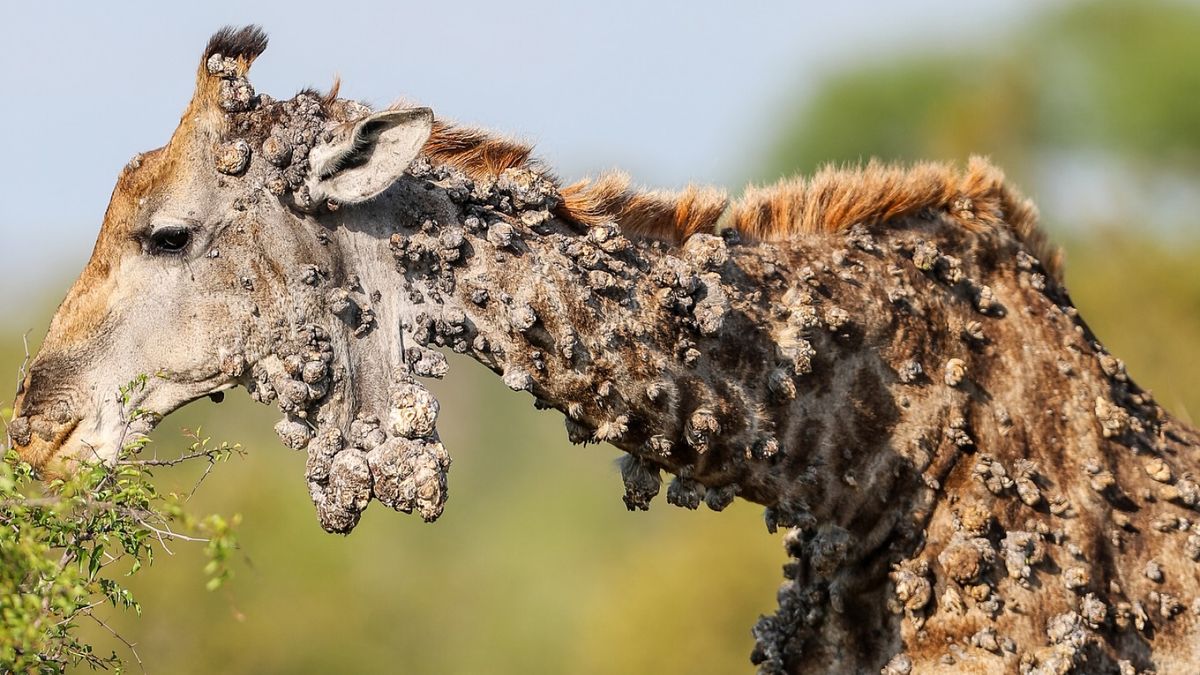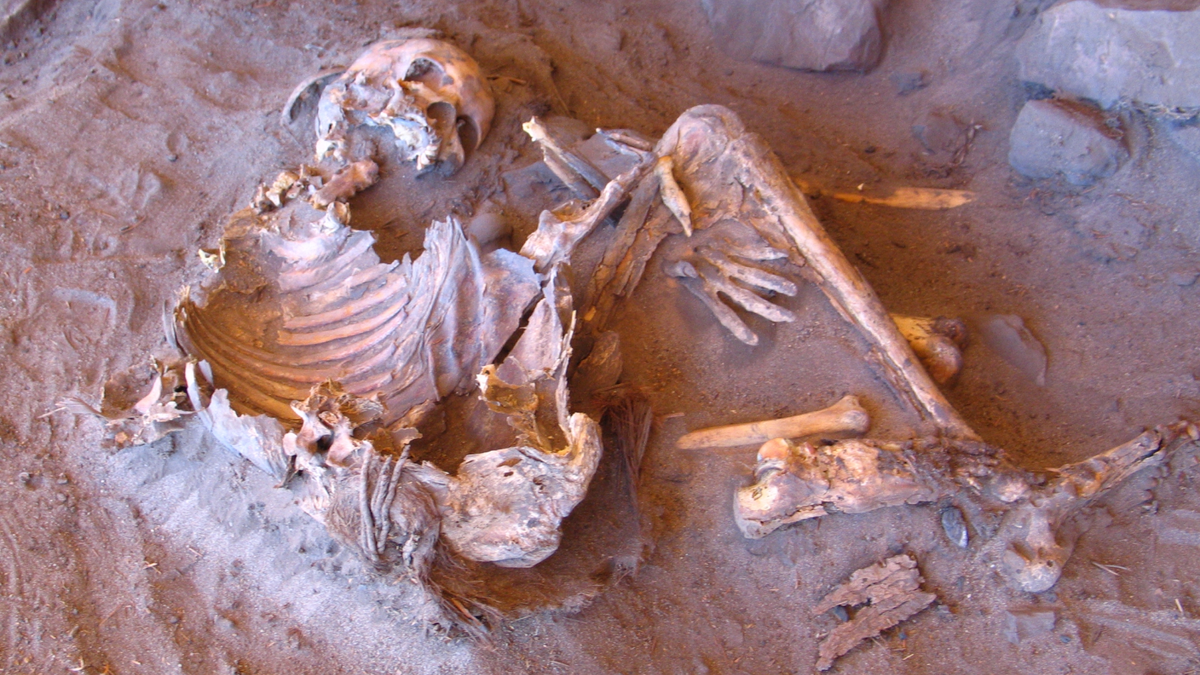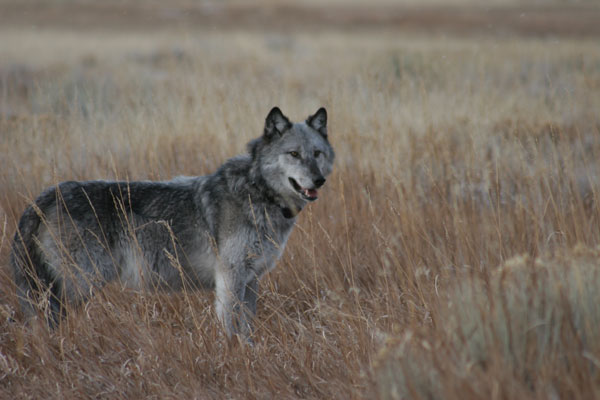
一项新的研究发现,通过重新引入狼来吓ing麋鹿的麋鹿袭击了一条障碍,来保护黄石国家公园中的白杨树的计划。
显然没有人告诉麋鹿,尽管被狼捕食。
“这项研究不仅证实了麋鹿从1890年代开始的黄石中的阿斯彭的下降负责,而且也没有在狼修复后研究的阿斯彭格罗夫人在研究之后所研究的,即使在对麋鹿风险的危险中,也没有研究。”美国地质调查学家Matthew Kauffman说。
研究结果与早期的工作相矛盾建议重新引入狼正在保护aspen来自麋鹿吃。
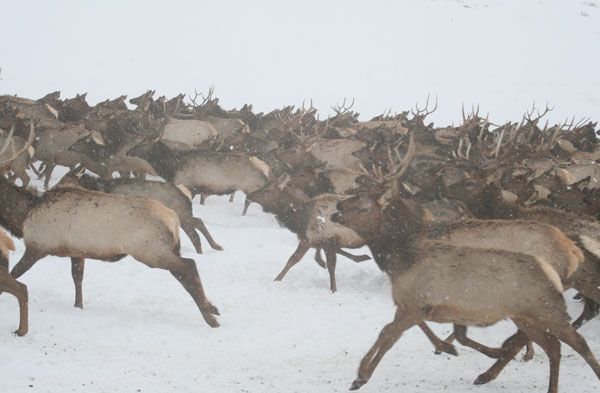
为了使黄石的冬天恢复,考夫曼和他的同事们说,由于狼被重新引入,麋鹿人口需要继续下降的人口下降了40%。
考夫曼说:“只有狼与其他掠食者和气候因素结合在一起,才能发生景观水平的asspen恢复,进一步减少了麋鹿人口。”
For their study, which is detailed this week in the journal Ecology, Kauffman and his team analyzed tree rings to determine when aspen stands stopped regenerating in the past century and whether or not any had started to regenerate again once the wolves came back in 1995. They also experimentally fenced in young aspen to compare the protection afforded to them by wolves versus that of a physical barrier that prevented elk browsing.围栏的阿斯彭是样本中唯一存活到成年的树木。
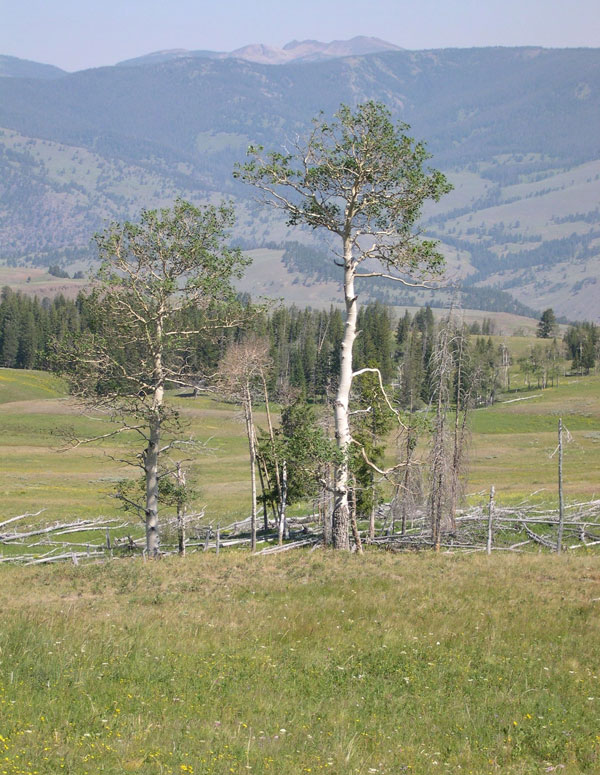
考夫曼说:“这项工作与研究人员从研究狼和黄石麋鹿中学到的许多知识是一致的。” “麋鹿对捕食风险的行为做出反应由狼构成的,但是在整个景观中喂食和移动的小小的变化似乎并没有增加对麋鹿风险危险地区的asspen增长的长期利益。”



